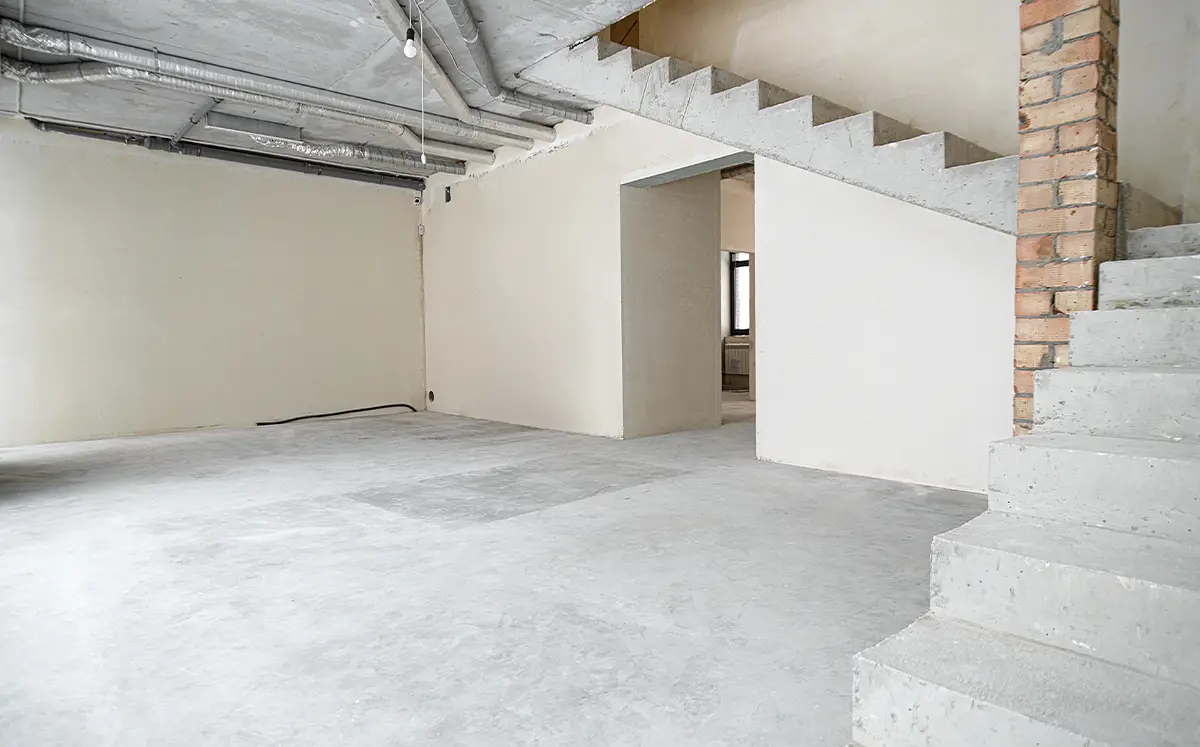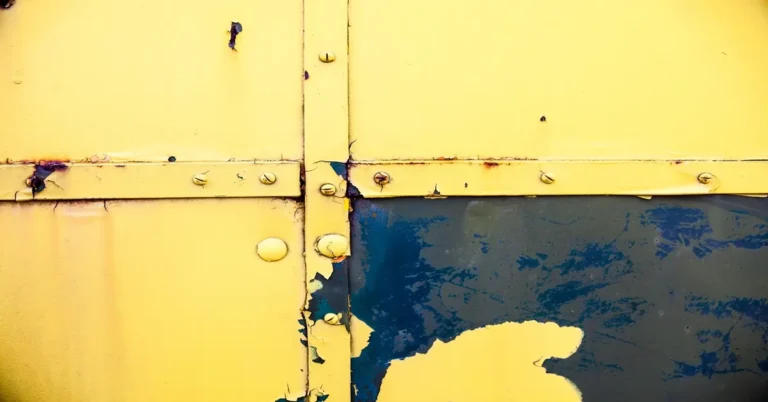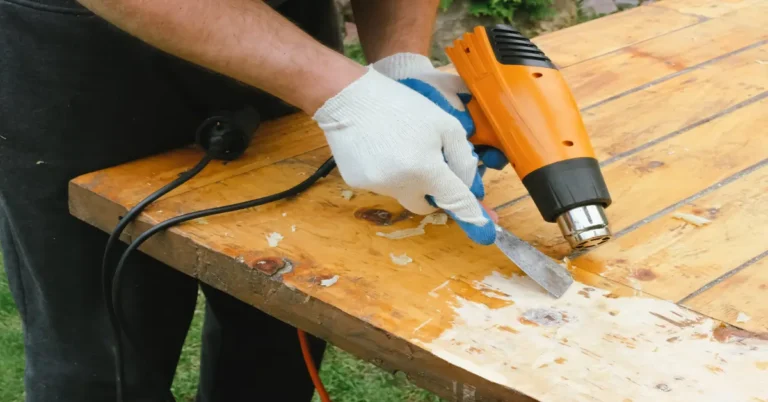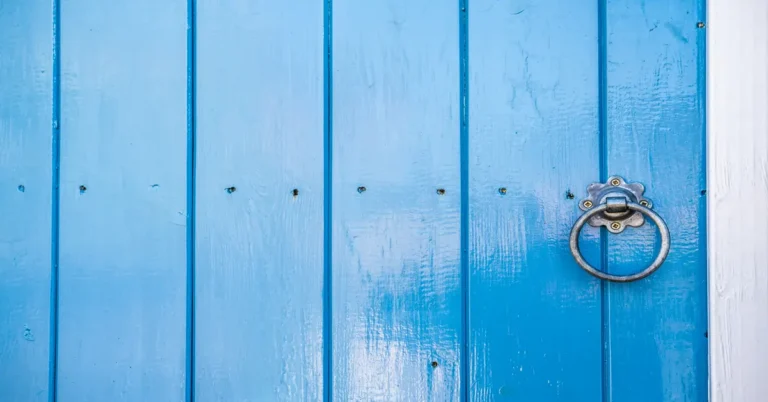Don’t you love concrete floors and surfaces? They are simple, durable, and easy on the eyes. What better way to show love for our concrete surfaces than by keeping them clean? By following these simple steps, you’ll learn how to maintain their aesthetic appeal effortlessly. Whether it’s your bedroom wall, kitchen partition, driveway, patio, or pathways, ensuring they look their best is easier than you think!
Continue Reading! Here are simple tips for cleaning concrete.
Clean, But Not Perfect: Here’s How to Make Them Even Cleaner
Goodbye manana habit (doing things that you can do now tomorrow). Don’t wait for dirt to pile up. As soon as you spot dust particles, take action right away. Keeping your concrete surfaces clean every day is key to maintaining their appearance and longevity. By incorporating this simple habit into your routine, you can ensure that your surfaces always look their best, with minimal effort and maximum impact. Taking small steps today can prevent larger cleaning tasks tomorrow.Tough Walls Deserve Gentle Love
Just as you wouldn’t use harsh products on your face, your walls deserve the same gentle treatment. Harsh chemicals can damage delicate wall surfaces over time. Opt for mild, non-abrasive cleaners, especially for surfaces with sealants. By adopting this mindful approach to cleaning, you can retain their beauty for years to come.Mats In, Feet Out
Placing mats or rugs at entryways encourages pets, kids, and visitors to pause and have their paws or feet wiped before entering the house. This reduces the amount of dirt, mud, and debris they track indoors. This practice not only helps keep your floors cleaner but also minimizes the need for frequent cleaning and reduces wear and tear on your concrete surfaces. By establishing this habit, you can significantly mitigate the mess indoors, ensuring a more hygienic and manageable living environment for you and your loved ones.Different Types of Dirt Deserve Different Treatments
One approach for different types of concrete stains? Not advisable! When it comes to cleaning walls, understanding the type of dirt you’re dealing with is crucial for effective treatment.
- Cobwebs and Dust
Have you recently been out of town? You may be in for a web of surprises. Sadly, it is not a pleasant one! No matter how clean you leave your house, when left unattended, there is a tendency for dust and cobwebs to settle in. You can deal with these types of dirt by gently dusting your surfaces. Or, you can opt to vacuum to avoid scratching paint or wallpaper. - Greasy Stains
Kids can scream all day, and the house can stay tidy. However, it’s a different story once they start playing with their food. Don’t worry—you can address this concrete stain using household products.
Stains from food or beverages may call for a mild detergent solution for spot cleaning, while grease or oil stains might necessitate a stronger degreaser. - Rust Stains
Rust stains on concrete can be unsightly and challenging to remove, but with the right approach, they can be effectively treated. Rust stains typically occur when metal objects or furniture containing iron come into contact with moisture on the concrete surface, causing oxidation.
To remove rust stains from concrete, you can try the following methods: Commercial Rust Removers. There are several rust removal products available that are specifically formulated for concrete surfaces. Follow the manufacturer’s instructions carefully, as these products often contain chemicals that can be harsh and require proper ventilation and protective gear. - Molds
Molds such as algae and mildew thrive in damp or shaded areas, often leaving unsightly green or black stains on concrete surfaces. To effectively treat these stains, create a solution of bleach and water in a 1:4 ratio or use a commercial mildew remover. Apply the solution to the affected area and scrub gently with a brush to loosen the algae or mildew. Allow the solution to sit for a few minutes to penetrate the stains. Finally, rinse the area thoroughly with water to remove the bleach or cleaner residue and prevent any potential damage to the concrete. Regularly inspect and clean damp areas to prevent algae and mildew from recurring and to maintain the cleanliness and appearance of your concrete surfaces.
Just a quick reminder! Always test any cleaner in an open area first to ensure it won’t damage your wall’s surface. By tailoring your cleaning approach to the specific type of dirt, you can keep your walls looking fresh and well-maintained without risking damage.
- Cobwebs and Dust
Great Tools for the DIY Cleaner
Choosing the right cleaning tools for concrete walls is essential to ensure effective cleaning without causing damage to the surface. Soft-bristle brushes or sponges are ideal for gently scrubbing stains without scratching the concrete. These tools are particularly useful for interior walls where a softer touch is needed.
For exterior concrete walls, especially those with stubborn dirt and stains, a pressure washer can be highly effective. When using a pressure washer, it’s crucial to adjust the settings to a low-pressure mode to prevent unintentionally damaging the concrete surface. For ongoing maintenance, a broom or dust mop is invaluable. Regular sweeping or dusting helps prevent dirt buildup and keeps the concrete walls looking clean between deeper cleaning sessions.Seal the Deal with Sealants
Sealants are essential for preserving concrete walls by providing a protective barrier against stains, moisture, UV damage, and wear. Choosing the appropriate sealant depends on factors such as location and the desired finish. Acrylic sealants are ideal for interior walls, offering a clear, durable layer that enhances natural textures without altering them significantly. For exterior walls exposed to harsh weather or high traffic, polyurethane or epoxy sealants provide robust waterproofing and abrasion resistance.
Applying sealants involves thorough cleaning and even application using brushes, rollers, or sprayers in multiple coats, following manufacturer guidelines. Once applied, sealants not only enhance the appearance of concrete walls by intensifying colors and textures but also simplify maintenance by preventing dirt, stains, and mold from penetrating the surface, thus extending the concrete’s lifespan significantly.
Now that you’ve discovered some tips on how to clean concrete surfaces, it is time to start buying materials. If you are looking for cleaning materials and other tips on how to clean concrete floors and surfaces, don’t forget to visit Island Chemical’s website. They have an array of helpful articles and quality products to make your cleaning experience more pleasant.
References:
https://www.concretenetwork.com/concrete/cleaning_concrete
https://www.realsimple.com/how-to-clean-concrete-7560818
https://www.concretenetwork.com/fix-concrete-cleaning/remove-rust-stains.html
https://www.cleanipedia.com/ph/out-of-home/how-to-clean-concrete.html
https://www.thespruce.com/how-to-clean-concrete-floors-4175068





